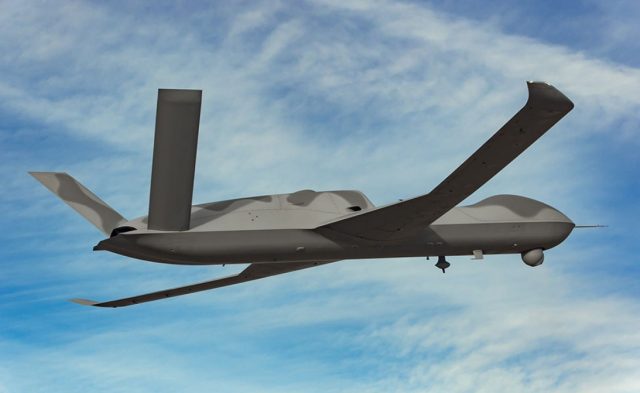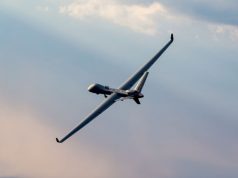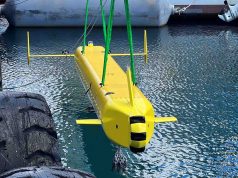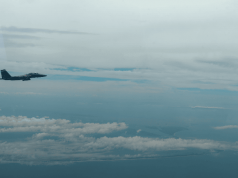An unmanned aerial system built by specialist General Atomics Aeronautical Systems, Inc. (GA-ASI) recently tested an autonomy engine for air-to-air targeting missions.
More specifically, an Avenger UAS used the Collaborative Operations in Denied Environment (CODE) collaborative autonomy system supplied by the Pentagon research agency DARPA for the test.
The test was carried out to further understand cognitive artificial intelligence (AI) processing on larger UAS platforms, such as Avenger. Using a network- enabled tactical targeting network technology (TTNT) radio for mesh network mission communications, the test demonstrated the integration of emerging advanced tactical data links (ATDL) and separation between flight and mission critical systems.
DARPA’s CODE program aims to extend mission capabilities by improving the ability of UAS to carry out operations in denied or contested airspace without continuous control by a dedicated pilot and sensor operator.
CODE intends to focus in particular on developing and demonstrating improvements in collaborative autonomy—the capability of groups of UAS to work together under a single person’s supervisory control. The unmanned vehicles would continuously evaluate their own states and environments and present recommendations for coordinated UAS actions to a mission supervisor, who would approve or disapprove such team actions and direct any mission changes.
“This represents a big step on the path to more sophisticated autonomous missions for unmanned aircraft where operator input can be minimized to support optimal manning of multiple products for complex air battles,” said GA-ASI President David R. Alexander. “For this initial flight, we used Avenger as the flight surrogate for the Skyborg capability set, which is a key focus for GA-ASI emerging air-to-air portfolio.”
As part of the autonomous flight, the CODE autonomy software controlled the maneuvering of the Avenger UAS for over two hours without traditional pilot input. GA-ASI furthered the development of the CODE software by adding behavioral functions for a coordinated air-to-air search with up to six aircraft (for the demonstration, five of the aircraft were virtual). The CODE operator, using a small form factor commercial computer running the government-provided software, set mission objectives for the flight in which the autonomy software was used to coordinate the six aircraft to accomplish the air-to-air search objective.
The company added it created ground and air adapter services that passed operator mission inputs to the flying constellation of aircraft using Link 16-formatted messages that followed joint range extension applications protocol (JREAP).



























